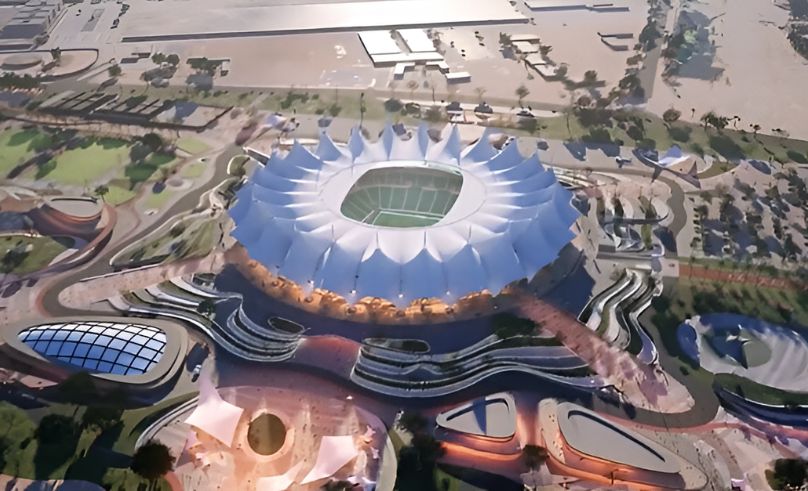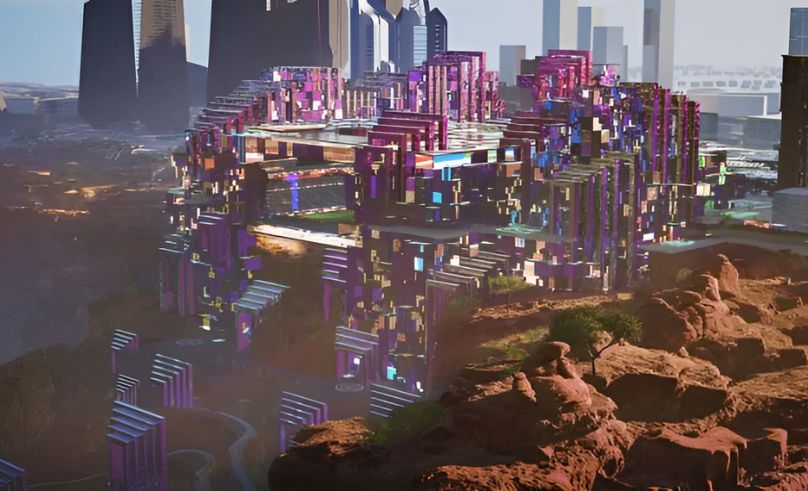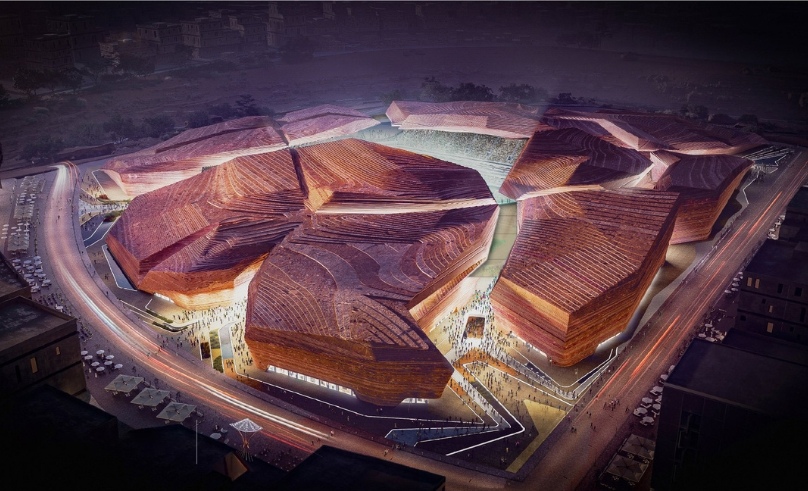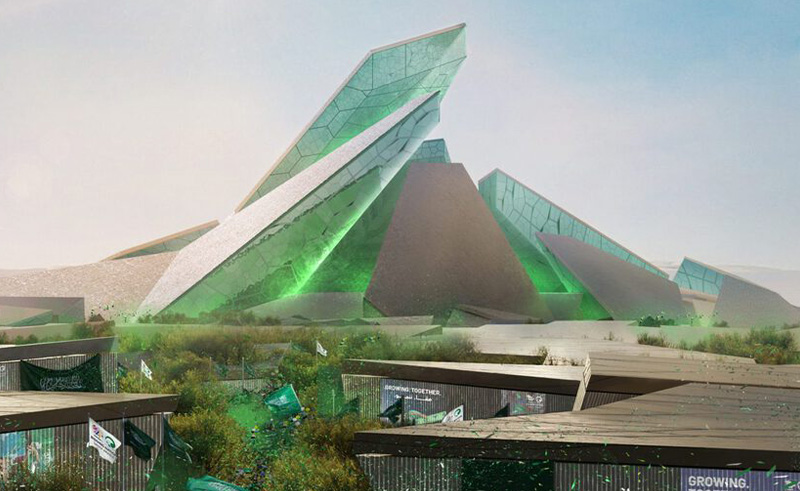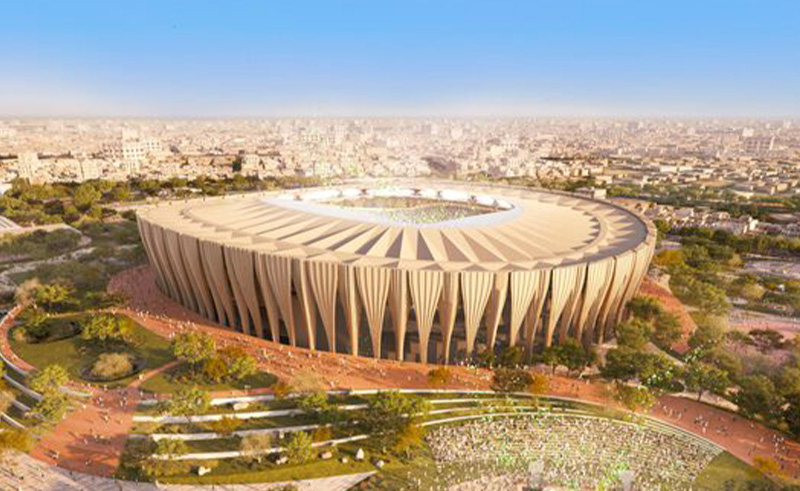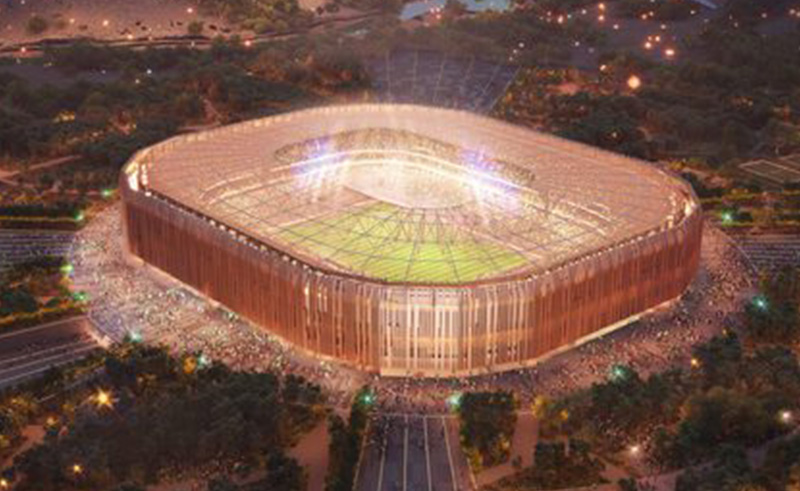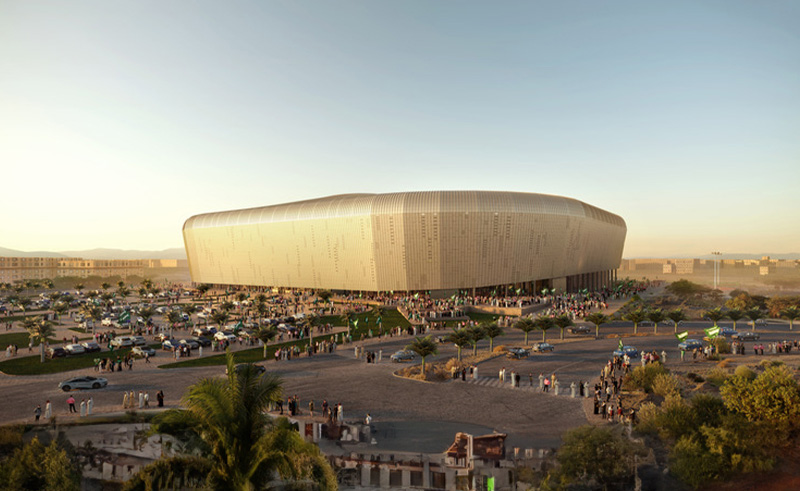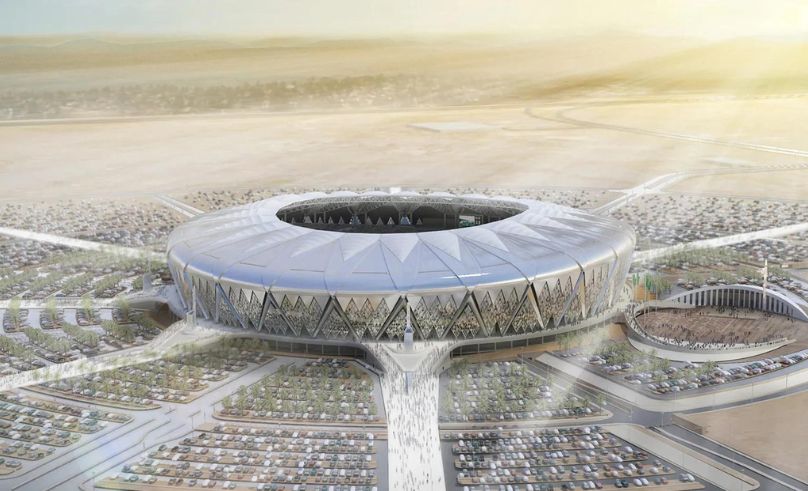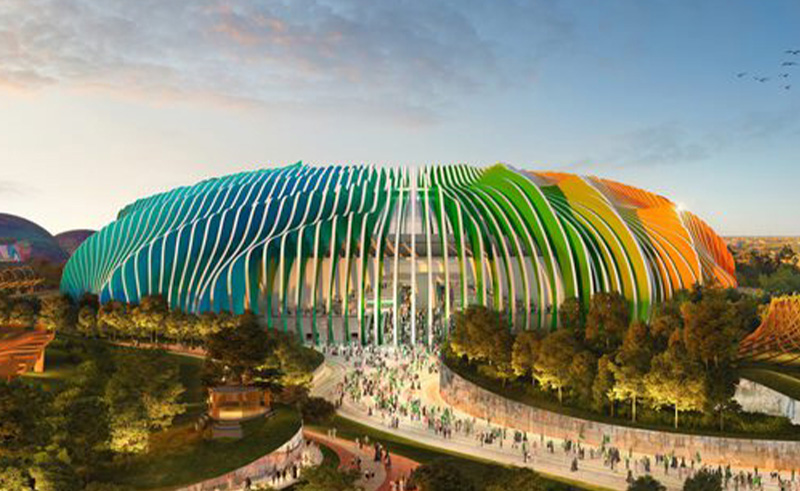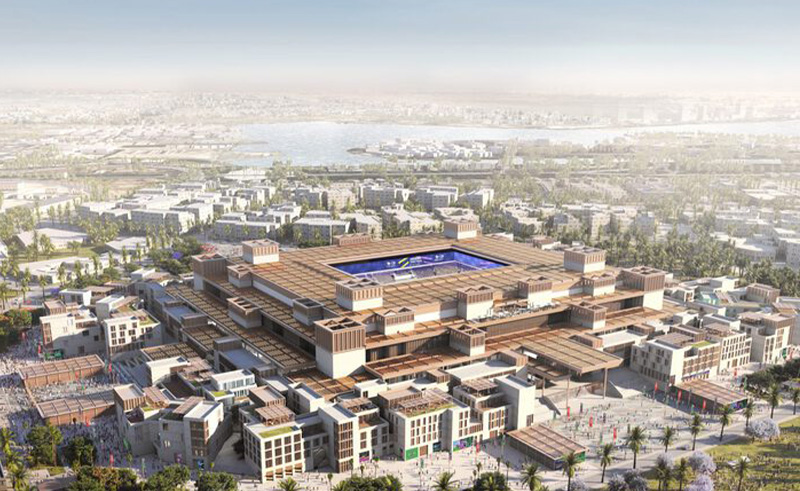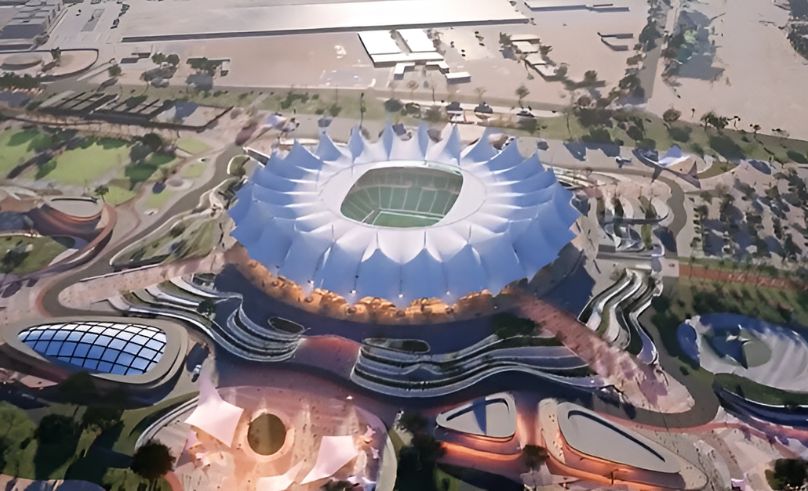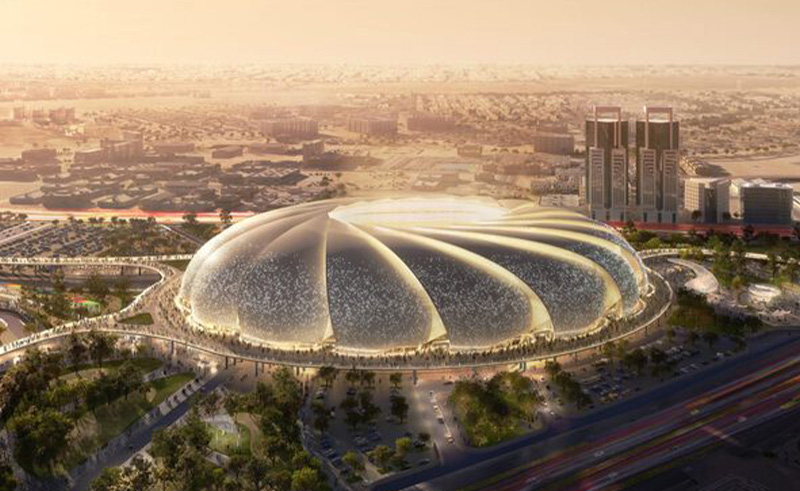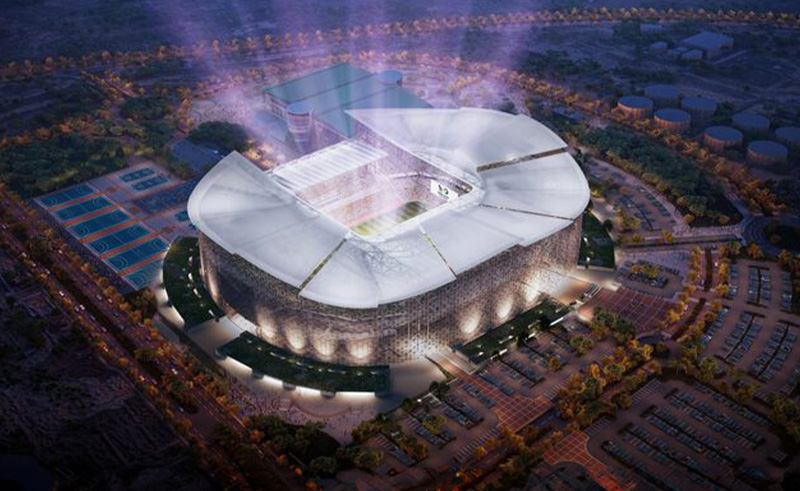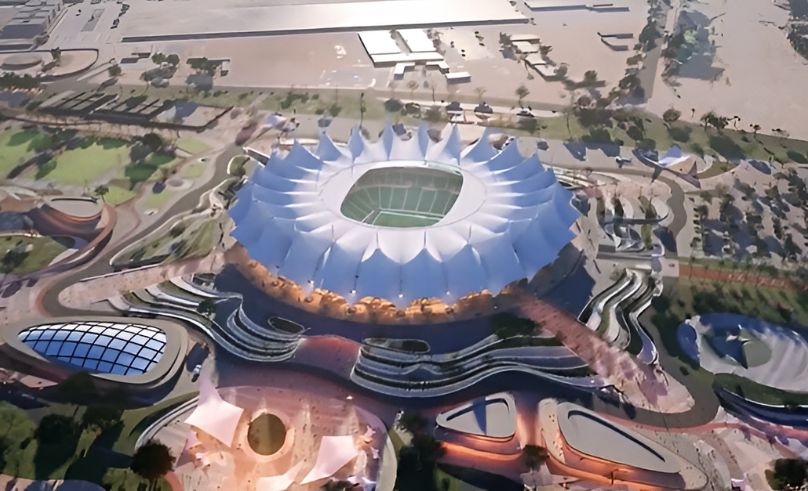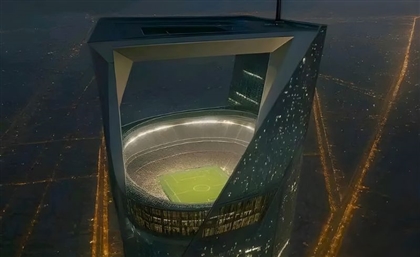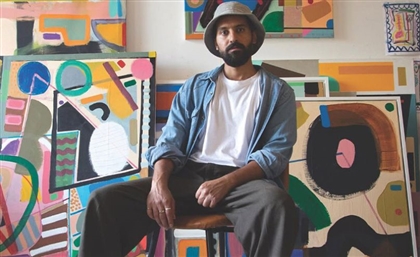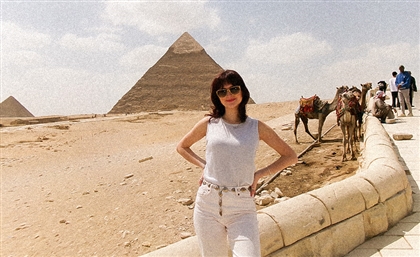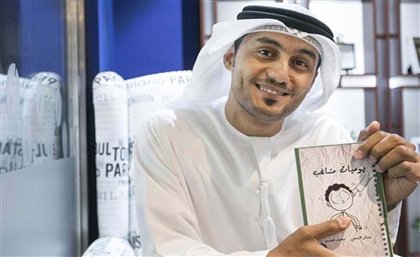Set to host the 2034 FIFA World Cup, Saudi Arabia plans to build 11 new stadiums and refurbish four existing venues.
As the only bidder for the World Cup, Saudi Arabia is predicted to host the 2034 FIFA World Cup, with the final official confirmation expected by December 2024. As such, the kingdom recently unveiled their ambitious plan to host the largest edition of the World Cup with the released official Saudi Arabia Bid Book, outlining their vision and strategy.
According to the plan, Saudi Arabia looks to erect 11 new stadiums in addition to refurbishing four already-existing venues. The country's proposed cities for this event include Riyadh, Jeddah, Al Khobar, Abha and the yet-unbuilt NEOM. The plan also involves the addition of 134 training sites across the country, with 73 newly-built facilities.
King Salman International Stadium - Riyadh
Planned to host the opening and grand finals of the World Cup, King Salman International Stadium will be Saudi Arabia’s largest stadium with a 92,000-seat capacity. Designed by global firm Populus and conveniently located northeast of Riyadh near the airport, it will serve as the country’s official national stadium. The architecture is seamlessly integrated with the local topography, providing shading and natural ventilation tailored to the local climate.
King Fahd Sports City Stadium - Riyadh
Known for its unique tensile roof structure inspired by traditional tents, the stadium is now home to Saudi Arabia’s national football team. Originally designed to accommodate 58,000 spectators, it currently hosts Saudi Professional League (SPL) games with an average attendance of around 23,000 at major events. Ongoing renovations aim to expand the stadium’s capacity to over 70,200 seats and transform it into a comprehensive football city, which will also serve as a versatile venue for concerts, festivals and various events.
Prince Mohammed bin Salman Stadium - Riyadh
Another stadium designed by Populous set to feature a 46,979-seat capacity and a three-sided design offering views of the enchanting Tuwaiq cliffs. Its futuristic appearance is achieved through iridescent glass, LED screens, solar panels, and perforated metal. Located about 35 km southwest of Riyadh, the stadium is part of the larger Qiddiya development, which will include various sports facilities, luxury accommodations, and 58 other attractions. After the World Cup, it will serve as a versatile venue for sports, concerts and esports, and will house an Olympic Museum celebrating the country’s Olympic and Paralympic achievements. The structure is scheduled for completion in 2029.
Murabba Stadium - Riyadh
Located in northwest Riyadh, the new Murabba Stadium, with over 46,010 seats, is planned to open in 2032. Inspired by the bark of native acacia trees, the design features illuminated fractures that serve as entry points, leading to shaded ground-level areas. The roof resembles cracked earth, providing sheltered spaces for gatherings and circulation. After the World Cup, the stadium will be adapted for concerts, gaming and outdoor dining.
ROSHN Stadium - Riyadh
Located southwest of Riyadh, the new ROSHN Stadium is designed to welcome up to 46,000 spectators. It features a saddle-shaped seating bowl for shading and ventilation, parabolic geometry for acoustic amplification, and a crystal-like structure that glows at night. Construction is planned to begin in 2028, with the stadium opening to the public in 2032.
Unlike typical sports venues, the stadium aims to integrate into the urban environment, encouraging community exploration with a central plaza surrounded by a lattice-like 'crystalline' structure that will illuminate the night sky. After the 2034 World Cup, the stadium will become the centrepiece of a walkable community with green spaces and public squares, promoting a culturally rich and socially connected lifestyle.
Prince Faisal bin Fahad Sports City Stadium - Riyadh
Envisioned by Populous and set within a wider park masterplan, the new stadium will seat 46,865 spectators. Inspired by Salmani architecture's “culturally contextualised modernism,” the design features locally sourced materials and energy-efficient systems. Planned to be in close proximity to metro lines and bus networks connecting it with greater Riyadh, the stadium is currently under construction and expected to be completed in 2027.
South Riyadh Stadium - Riyadh
Located in southwest Riyadh, the new stadium designed by Populous will have a capacity exceeding 45,000 seats and a facade that blends modern elements with traditional local architecture and materials. The landscape will feature native, drought-resistant plants to conserve water, and rainwater harvesting systems will be installed. Solar panels will be integrated into the design to generate sustainable energy, underscoring a commitment to environmental responsibility.
The South Riyadh Stadium is part of the Green Riyadh project, which will include open spaces, marketplaces, and green areas. Construction of the new venue is planned to begin in 2029, with its opening to the public scheduled for 2032.
King Saud University Stadium - Riyadh
The 25,000-seat stadium is one of two current venues set to temporarily expand their capacity to 46,000 seats for the World Cup, originally designed by Michael KC Cheah and Steph. After the event, it will revert to accommodating 33,000 spectators, serving university teams and community events. The refurbishment, to be executed by Hashem Contracting Company, will start in 2030 and conclude in 2032.
King Abdullah Sports City Stadium - Jeddah
Built in 2014, King Abdullah Sports City Stadium in Jeddah, with a seating capacity of over 57,000, is Saudi Arabia’s second-largest stadium. Nicknamed ‘The Shining Jewel’ for its distinctive geometric architecture, it is a key venue for major football events. Set to host the AFC Asian Cup in 2027, the stadium also played a central role in the FIFA Club World Cup Saudi Arabia 2023, with an average attendance of 50,000.
Located north of central Jeddah, near the airport, it is surrounded by extensive sports and recreational facilities. Planned refurbishments by 2032 will update the stadium to meet FIFA standards and integrate new technologies. It will continue to serve as a venue for the Saudi national team and international events, supported by its extensive sports and community facilities.
Qiddiya Coast Stadium - Jeddah
Also designed by Populous, the stadium is set to be nestled on the northern shores of the Red Sea in Jeddah and will feature a capacity of over 45,000 seats. It is crafted to symbolise the dynamic relationship between people, water, energy, and matter, with undulating forms and a vibrant colour palette reminiscent of the ripple effect of a 'Mexican wave'. The design includes distinct spaces that seamlessly connect, offering ample gathering areas for fans and communities outside the stadium. Construction is scheduled to begin in 2029 and be completed by 2032.
After the FIFA World Cup 2034, the stadium will transition into a multi-purpose entertainment venue. The upper tier will be removed to reduce the capacity to 25,000. With flexible features such as curtains, partitions, and a removable football pitch, the venue will be equipped to host esports events, exhibitions, concerts, conferences and major sports tournaments.
Jeddah Central Development Stadium - Jeddah
Located in the coastal Al Andalus area of southwest Jeddah, the stadium features over 45,000 seats and merges traditional Al Balad architectural elements with modern technology. The design includes three tiers, a semi-translucent roof, a retractable inner roof, and a 360° LED screen. It will be surrounded by four integrated villages offering a range of amenities.
Post-2034 World Cup, the stadium will host professional football games and various events, including conferences and concerts. In 2022, a contract was signed with gmp Architekten and Khatib & Alami for its design. The stadium is currently under construction and is expected to be completed by 2027.
King Abdullah Economic City Stadium - Jeddah
The new stadium, located north of Jeddah on the Red Sea coast, will seat over 45,000 and draw inspiration from the vibrant coral reefs of the Red Sea. Its design highlights both versatility and organic aesthetics, seamlessly integrating with the natural environment. This stadium is part of a broader development initiative aimed at boosting economic growth, promoting environmental sustainability and enhancing community connectivity. The surrounding area will feature three hotels, mixed-use spaces, and a sports clinic, all designed to foster community interaction.
Aramco Stadium - Al Khobar
Originally envisioned by Foster + Partners, the new stadium's current design has been developed by the US-based architecture office Populous. With a capacity of over 45,000 seats, it is under construction in northern Al Khobar, near the Corniche, and is set to be completed by 2026. The stadium will be a major venue for the AFC Asian Cup 2027 and the FIFA World Cup 2034. After the World Cup, it will serve as the home ground for a professional football club, featuring advanced training facilities, along with commercial and retail spaces.
King Khalid University Stadium - Abha
Located southeast of Abha City on the university campus, the stadium is currently operational, accommodating an average of 22,000 attendees. It is set to expand to over 45,000 seats in preparation for the FIFA World Cup 2034. Refurbishment plans by Populous will modernise the infrastructure while preserving the stadium’s historical value. Enhancements to the surrounding area will improve its capacity to handle increased foot traffic, creating a vibrant and efficient environment. After the World Cup, the stadium will continue to serve as the home ground for a professional football club and host various community events.
NEOM Stadium
Situated within THE LINE, NEOM Stadium is set to become an iconic landmark with its pitch elevated over 350 metres above ground, offering breathtaking scenic vistas and a roof integrated into the city’s structure. With a capacity exceeding 45,000, the stadium will utilise advanced technology, including e-ticket gates and 4K Ultra HD broadcasting, to enhance the experience for FIFA players, spectators, and broadcasters.
Located at the heart of a new sports-focused neighbourhood, NEOM Stadium will be adjacent to the Health and Well-Being District and the University, with easy access from multiple levels within THE LINE. The stadium will operate entirely on renewable energy from wind and solar sources and feature electric transportation systems. Construction is set to begin in 2027, with completion expected in 2032.
Photography Credit: Courtesy of Fifa / Saudi Arabia 2024 Bid


